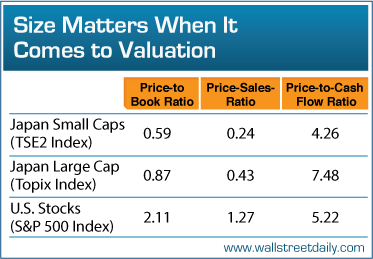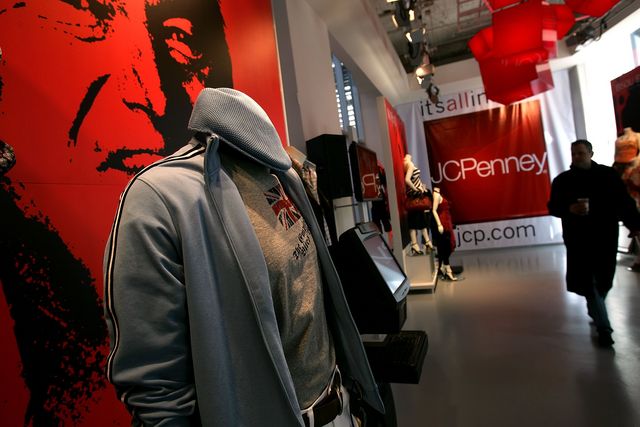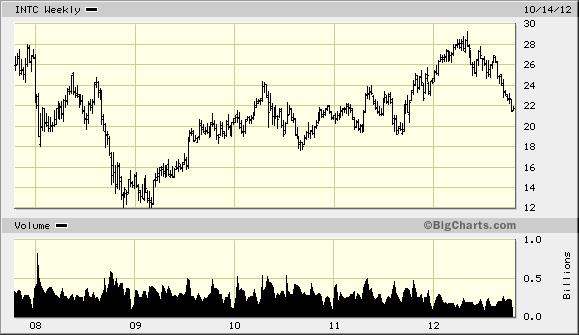 New info on Spins New info on Spins
PRIZES (You can only download contents from this folder) |
|
What Makes a Good Investment (Review)
Our equity-investing strategy (in 1992) remains little changed
from what it was fifteen years ago, when we said in the
1977 annual report:
"We select our marketable equity securities in much the way
we would evaluate a business for acquisition in its entirety.
We want the business to be one
a) that we can understand;
b) with favorable long-term prospects;
c) operated by honest and competent people; and
d) available at a very attractive price."
We have seen cause to make only one change in this creed:
Because of both market conditions and our size,
we now substitute "an attractive price" for "a very attractive price."
But how, you will ask, does one decide what's "attractive"?
In answering this question, most analysts feel they must choose
between two approaches customarily thought to be in opposition:
"value" and "growth." Indeed, many investment professionals see
any mixing of the two terms as a form of intellectual cross-
dressing.
We view that as fuzzy thinking (in which, it must be
confessed, I myself engaged some years ago). In our opinion, the
two approaches are joined at the hip: Growth is always a component
in the calculation of value, constituting a variable whose
importance can range from negligible to enormous and whose impact
can be negative as well as positive.
In addition, we think the very term "value investing" is
redundant. What is "investing" if it is not the act of seeking
value at least sufficient to justify the amount paid? Consciously
paying more for a stock than its calculated value - in the hope
that it can soon be sold for a still-higher price - should be
labeled speculation (which is neither illegal, immoral nor - in our
view - financially fattening).
Whether appropriate or not, the term "value investing" is
widely used. Typically, it connotes the purchase of stocks having
attributes such as a low ratio of price to book value, a low price-
earnings ratio, or a high dividend yield. Unfortunately, such
characteristics, even if they appear in combination, are far from
determinative as to whether an investor is indeed buying something
for what it is worth and is therefore truly operating on the
principle of obtaining value in his investments. Correspondingly,
opposite characteristics - a high ratio of price to book value, a
high price-earnings ratio, and a low dividend yield - are in no way
inconsistent with a "value" purchase.
Similarly, business growth, per se, tells us little about
value. It's true that growth often has a positive impact on value,
sometimes one of spectacular proportions. But such an effect is
far from certain. For example, investors have regularly poured
money into the domestic airline business to finance profitless (or
worse) growth. For these investors, it would have been far better
if Orville had failed to get off the ground at Kitty Hawk: The more
the industry has grown, the worse the disaster for owners.
Growth benefits investors only when the business in point can
invest at incremental returns that are enticing - in other words,
only when each dollar used to finance the growth creates over a
dollar of long-term market value. In the case of a low-return
business requiring incremental funds, growth hurts the investor.
In The Theory of Investment Value, written over 50 years ago,
John Burr Williams set forth the equation for value, which we
condense here: The value of any stock, bond or business today is
determined by the cash inflows and outflows - discounted at an
appropriate interest rate - that can be expected to occur during
the remaining life of the asset. Note that the formula is the same
for stocks as for bonds. Even so, there is an important, and
difficult to deal with, difference between the two: A bond has a
coupon and maturity date that define future cash flows; but in the
case of equities, the investment analyst must himself estimate the
future "coupons." Furthermore, the quality of management affects
the bond coupon only rarely - chiefly when management is so inept
or dishonest that payment of interest is suspended. In contrast,
the ability of management can dramatically affect the equity
"coupons."
The investment shown by the discounted-flows-of-cash
calculation to be the cheapest is the one that the investor should
purchase - irrespective of whether the business grows or doesn't,
displays volatility or smoothness in its earnings, or carries a
high price or low in relation to its current earnings and book
value. Moreover, though the value equation has usually shown
equities to be cheaper than bonds, that result is not inevitable:
When bonds are calculated to be the more attractive investment,
they should be bought.
Leaving the question of price aside, the best business to own
is one that over an extended period can employ large amounts of
incremental capital at very high rates of return. The worst
business to own is one that must, or will, do the opposite - that
is, consistently employ ever-greater amounts of capital at very low
rates of return. Unfortunately, the first type of business is very
hard to find: Most high-return businesses need relatively little
capital. Shareholders of such a business usually will benefit if
it pays out most of its earnings in dividends or makes significant
stock repurchases.
Though the mathematical calculations required to evaluate
equities are not difficult, an analyst - even one who is
experienced and intelligent - can easily go wrong in estimating
future "coupons." At Berkshire, we attempt to deal with this
problem in two ways. First, we try to stick to businesses we
believe we understand. That means they must be relatively simple
and stable in character. If a business is complex or subject to
constant change, we're not smart enough to predict future cash
flows. Incidentally, that shortcoming doesn't bother us. What
counts for most people in investing is not how much they know, but
rather how realistically they define what they don't know. An
investor needs to do very few things right as long as he or she
avoids big mistakes.
Second, and equally important, we insist on a margin of safety
in our purchase price. If we calculate the value of a common stock
to be only slightly higher than its price, we're not interested in
buying. We believe this margin-of-safety principle, so strongly
emphasized by Ben Graham, to be the cornerstone of investment
success. (Source: 1992 Letter to Shareholders of Berkshire Hathaway)















